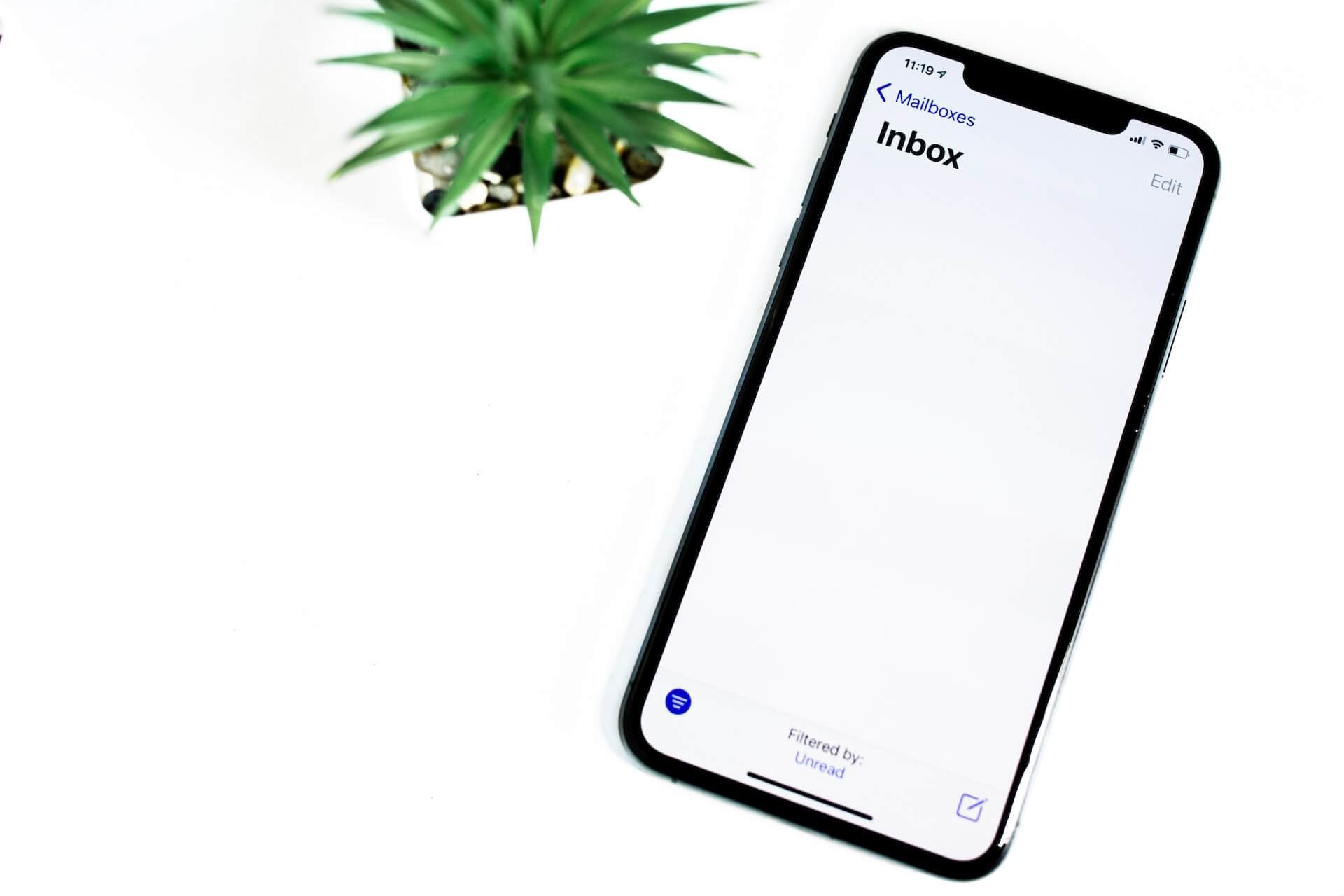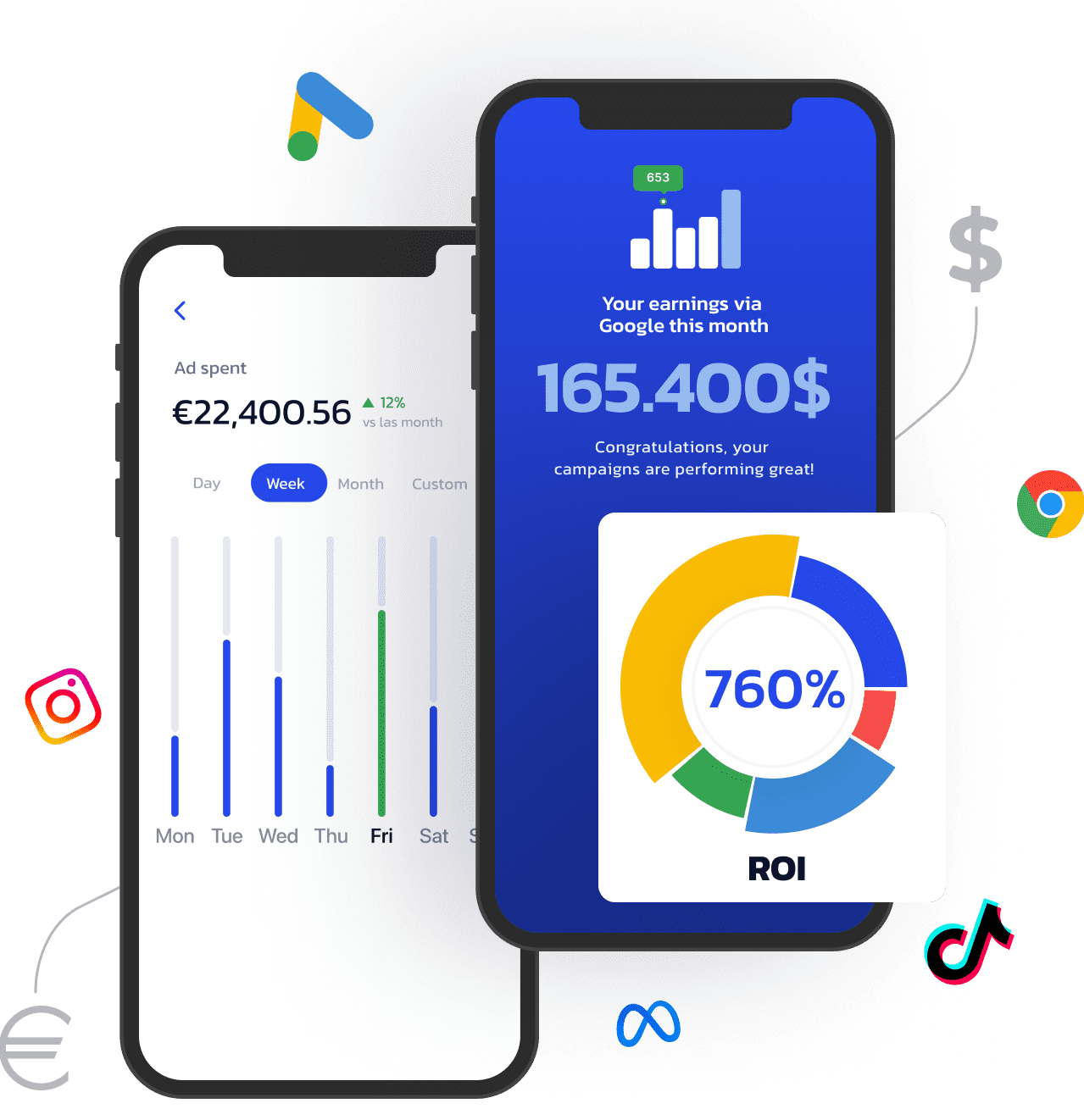Table of contents
In a world where digital platforms dominate our everyday lives, user-generated content (UGC) has established itself as a key element of online marketing in recent years. In 2023 in particular, UGC refers primarily to video UGC. These are attracting more and more attention and use on social networks such as Facebook, Instagram and TikTok. But what is behind this term User Generated Content?
What is User Generated Content?
In the age of the internet, the way in which content is created and consumed has changed dramatically. UGC is the abbreviation for "user-generated content". It refers to all content created by users of a website, app or other digital channel. It includes text, images, videos, ratings, comments and much more. In contrast to traditional media, it is no longer brands and companies but end users who create and share their contributions.
The term "user-generated content" may seem new, but we've all come across it before, be it on social media, online forums or customer reviews.
UGC has broken down traditional one-way communication and created a space where everyone can be both producer and consumer. Social media platforms such as Facebook, Instagram, TikTok and YouTube are populated by millions of users who tell their own stories, express opinions and give free rein to their creativity. This content plays a crucial role in modern communication and marketing strategies.
Forms of UGC
User-generated content can take a variety of forms. One of the best-known and most widespread forms is the sharing of texts and opinions in the form of blog posts, forum contributions or product reviews. Through platforms such as WordPress, Reddit or TripAdvisor, users have the opportunity to share their thoughts and experiences with others.
In addition, visual content is also becoming increasingly popular. Photos, illustrations, and videos are shared on social networks to tell stories or showcase artistic works. The popularity of video UGC can be attributed in part to the rise of short-form video platforms such as Reels (Instagram), TikTok, and YouTube Shorts. These platforms actively promote user-generated content in the form of videos, as they seem more authentic and real than professionally produced content.

Why is user-generated content important?
One of the main reasons is authenticity. UGC comes directly from real people, which means it reflects honest, personal opinions and experiences. This creates a connection and a basis of trust with other users. Because unlike typical advertising messages, people tend to trust the opinions and reviews of others more.
In addition, user-generated content leads to active participation by the target group, which not only increases engagement but can also lead to stronger brand loyalty. When users share and distribute their own content, brands benefit from greater reach and lower advertising costs. In addition, the involvement of UGC creators leads to more creativity and diversity as they contribute their unique perspective and creativity, creating a rich and diverse content pool.
For brands that run paid advertising, video UGC in particular has a key advantage: it significantly improves the click through rate (CTR). Compared to traditional advertising videos, which have an average CTR of 1-1.5%, user-generated in the form of videos can achieve a CTR of 3-4%. This significant difference can be attributed to authenticity. People are more likely to click on content that seems less like traditional advertising and more like real, unstaged experiences.
For advertisers, this means a potential increase in sales of up to 300-400%, provided all other metrics remain constant. This underscores the immense importance of user-generated content in modern online marketing.
User Generated Content Platform
In the digital age, platforms like Instagram, Facebook and Twitter have dominated the stage for user-generated content (UGC), where users share their stories, opinions and experiences. Another player is TikTok, which focuses on short, creative video clips and is particularly popular with the younger generation. In parallel, specialized websites such as TripAdvisor and Yelp provide space for user reviews and opinions on services and products. While social media encourages everyday communication, review platforms help build trust in products and services. These diverse platforms have fundamentally changed the way we consume and produce content.
Examples of successful user-generated content
- Starbucks' White Cup Contest: Starbucks invited customers to draw their own designs on white coffee cups and share photos of them with the hashtag #WhiteCupContest. The best designs were sold as official Starbucks cups.
- GoPro Community: GoPro has a passionate community of users who capture breathtaking action videos with their cameras. These videos are shared on the GoPro website and social media to strengthen the brand.
- Coca-Cola's "Share a Coke": Coca-Cola replaced the brand name on its bottle labels with popular first names. This motivated customers to share photos of their personalized Coca-Cola bottles on social media.
5 tips for promoting user-generated content
- Create incentives: Offer users incentives to create UGC, such as sweepstakes, discounts, or recognition.
- Provide clear instructions: Give users clear instructions on how to create and share UGC.
- Use hashtags: Use a unique hashtag to collect and track UGC.
- Interact with the community: Actively participate in the dialogue with your users and show appreciation for their contribution.
- Highlight UGC: Share and showcase selected user-generated content to encourage other users to participate.
The role of influencers in UGC marketing
Influencers play an important role in UGC marketing. They often have a large following and can help user-driven content gain a wider reach. By working with influencers, companies can strengthen their brand and promote UGC. Influencers can use a company's product or service and post about it on their social media channels. This motivates their followers to create UGC and join the discussion.
UGC and search engine optimization
UGC can also help improve search engine optimization (SEO). Because user-generated content often contains relevant keywords and natural language, search engines can rank this content as valuable and relevant to specific search queries. By integrating UGC into your website and social media profiles, you can increase your visibility in search results.
UGC Metrics: Measure and Optimize Success
To measure and optimize the success of your UGC marketing strategy, you can use a variety of metrics. Here are some important metrics:
- Engagement rate: The number of interactions (likes, comments, shares) in relation to the number of views or followers.
- Conversion Rate: The number of users who take a desired action, such as making a purchase, as a result of UGC.
- Reach: The number of people who have seen the content.
- Sentiment analysis: evaluation of user feedback to identify positive or negative sentiments.
- Click Through Rate (CTR): The number of clicks on the UGC in relation to the total number of views.
Regular monitoring of these metrics helps to understand and optimize success.
UGC in different industries
UGC marketing can be used successfully in a variety of industries. Some examples are
- Fashion and beauty: customers share their outfit ideas, make-up tutorials or product reviews.
- Travel and tourism: customers share their travel experiences, photos of sights and give travel tips.
- Fitness and health: users share their fitness routines, healthy recipes and success stories.
- Technology: Users give product reviews, share their experiences with new technologies and provide tips on how to use them.
UGC and customer loyalty
UGC can contribute to customer loyalty. Giving users the opportunity to actively participate in the content and development of the brand creates a closer relationship with customers. Customers feel heard and valued when their contributions are shared and appreciated. This can foster long-term customer loyalty and brand loyalty.
UGC as part of the content marketing strategy
UGC can be a valuable part of your content marketing strategy. It provides fresh, authentic content that can engage your audience and set your business apart. By incorporating UGC into your website, blog posts, or social media profiles, you can make your content more varied and engaging.
How agencies can help companies leverage UGC
Many companies recognize the potential of UGC, but don't know how to use it effectively. This is where agencies that specialize in helping brands implement and manage user-generated content come in.
Considerations for the use of UGC
The use of user-generated content (UGC) offers companies an authentic way to interact with their target audience, but it also brings challenges. These include quality control, as content can vary widely and does not always meet professional standards. In addition, companies need to be aware of the legal aspects, especially with regard to copyright, in order to avoid costly conflicts. Confronting negative UGC requires special attention and skill in handling, as it can damage a company's image. In addition, it is a balancing act to maintain the authenticity of UGC without losing consumer trust, as over-moderation or editing can provoke skeptical reactions.
Conclusion on user-generated content
UGC offers companies the opportunity to spread their brand message in an authentic way and gain the trust of consumers. By involving users in the marketing process, companies can build an active and engaged community and effectively achieve their marketing goals.
Frequently Asked Questions (FAQ)
Why is user-generated content important for companies?
User-generated content is important for companies because it promotes authenticity, credibility, and engagement. It helps build trust and influence customers' buying decisions.
How can user-generated content be promoted?
To encourage user-generated content, companies can incentivize, provide clear instructions, use hashtags, interact with the community, and highlight select UGC content.
Are there legal risks in dealing with user-generated content?
Yes, when dealing with UGC, legal aspects such as copyrights, personal rights and liability issues must be considered. Companies should ensure that they have the necessary rights and comply with applicable laws.
How can user-generated content increase a brand's reach?
UGC can increase a brand's reach as users share and spread content. This allows a brand to reach new audiences and increase awareness.
What is the difference between UGC and influencer generated content?
Influencer Generated Content is created by influencers who have a large following. In contrast, UGC is created by users who are not celebrities. UGC is more authentic and comes from real customers.
How can UGC be used to improve search engine optimization?
UGC often contains relevant keywords and natural language, which is viewed positively by search engines. By including it in your website and social media content, you can improve your visibility in search results.






